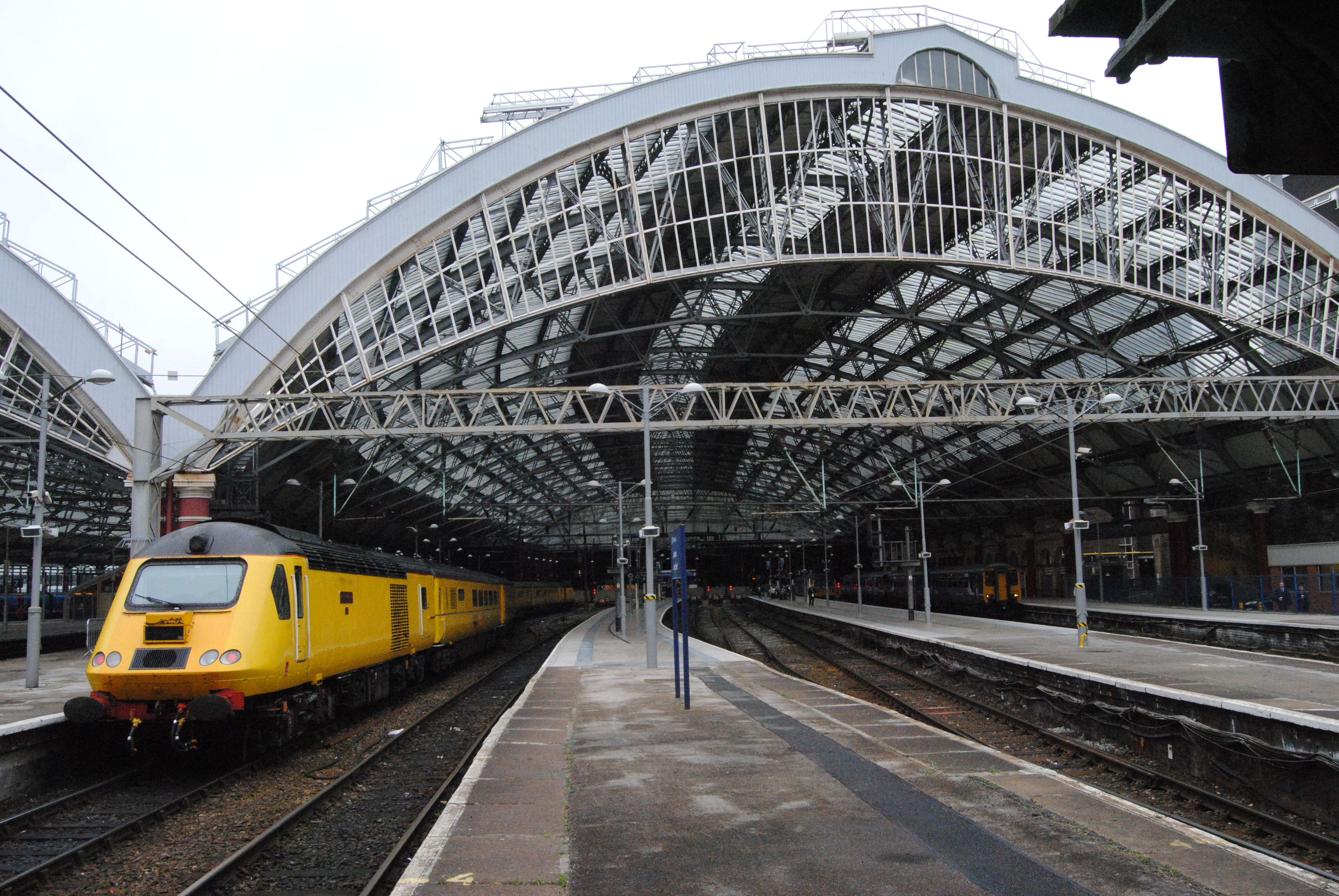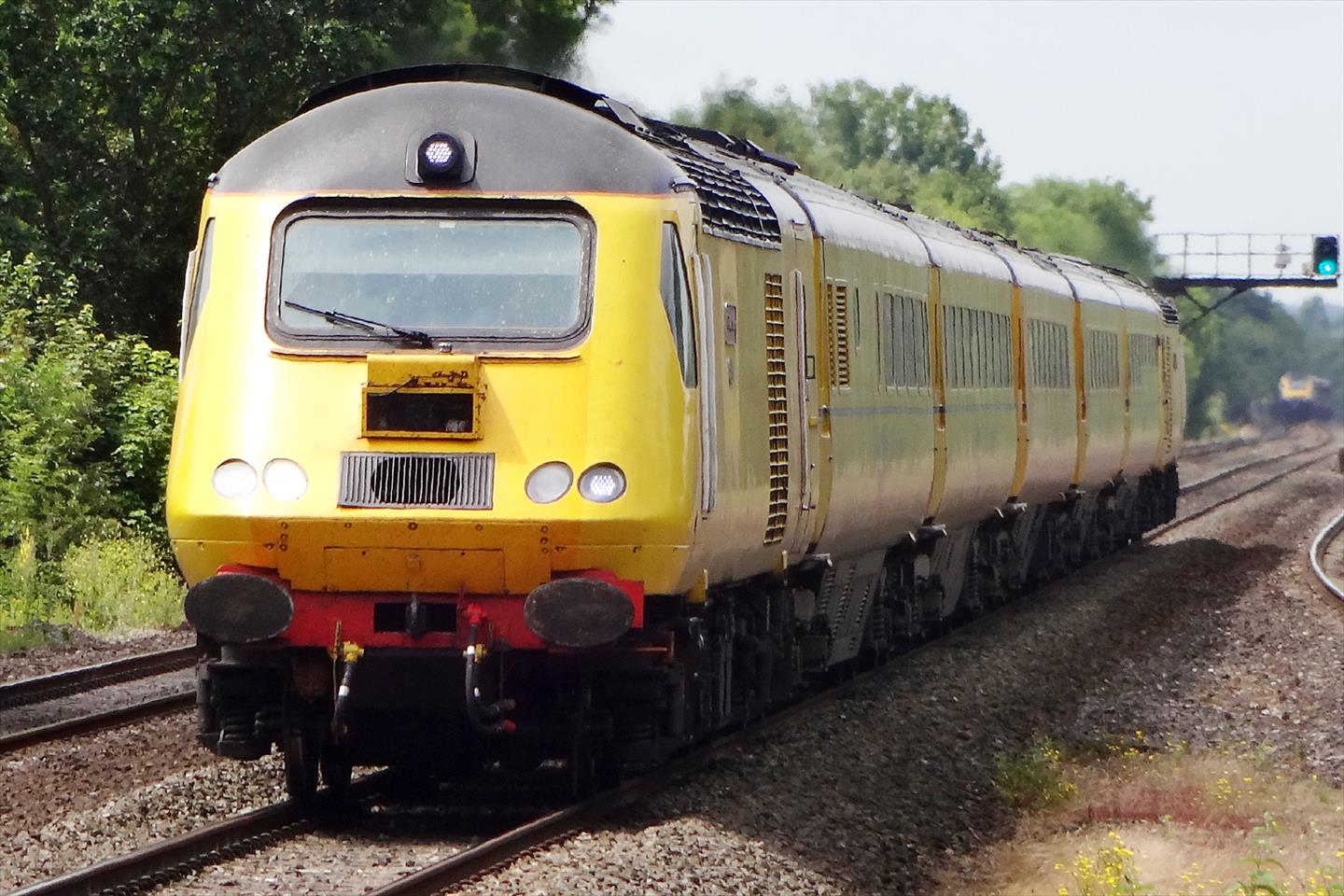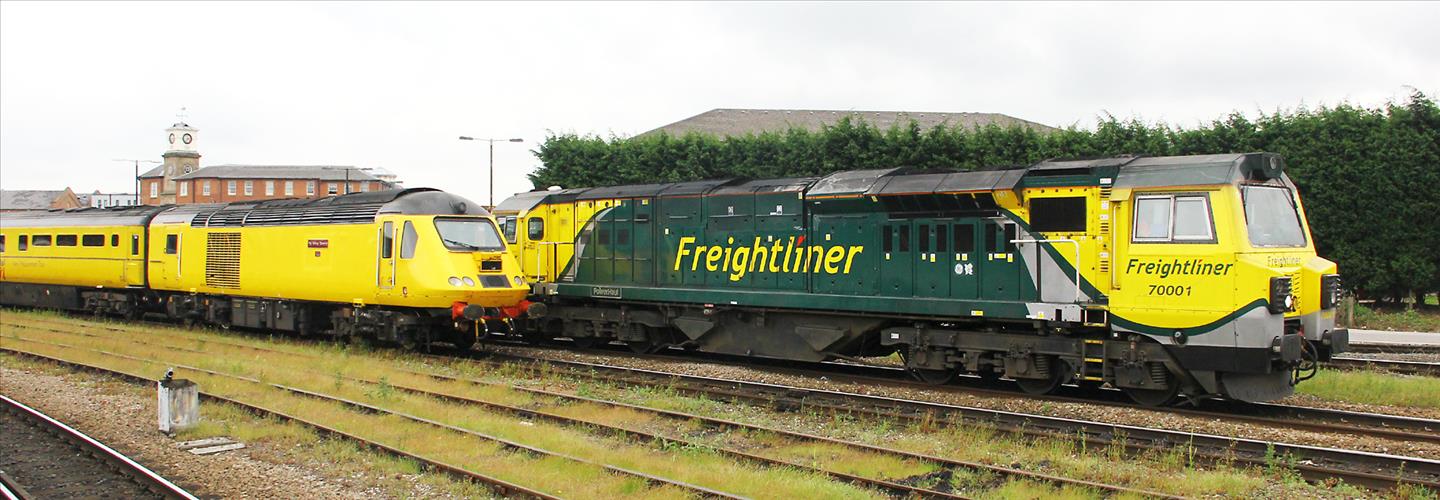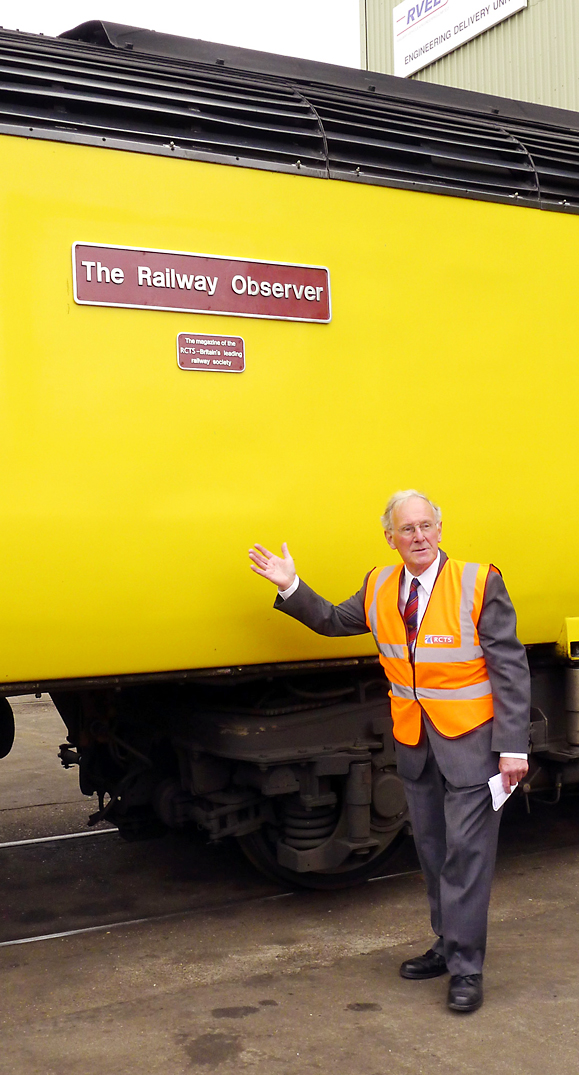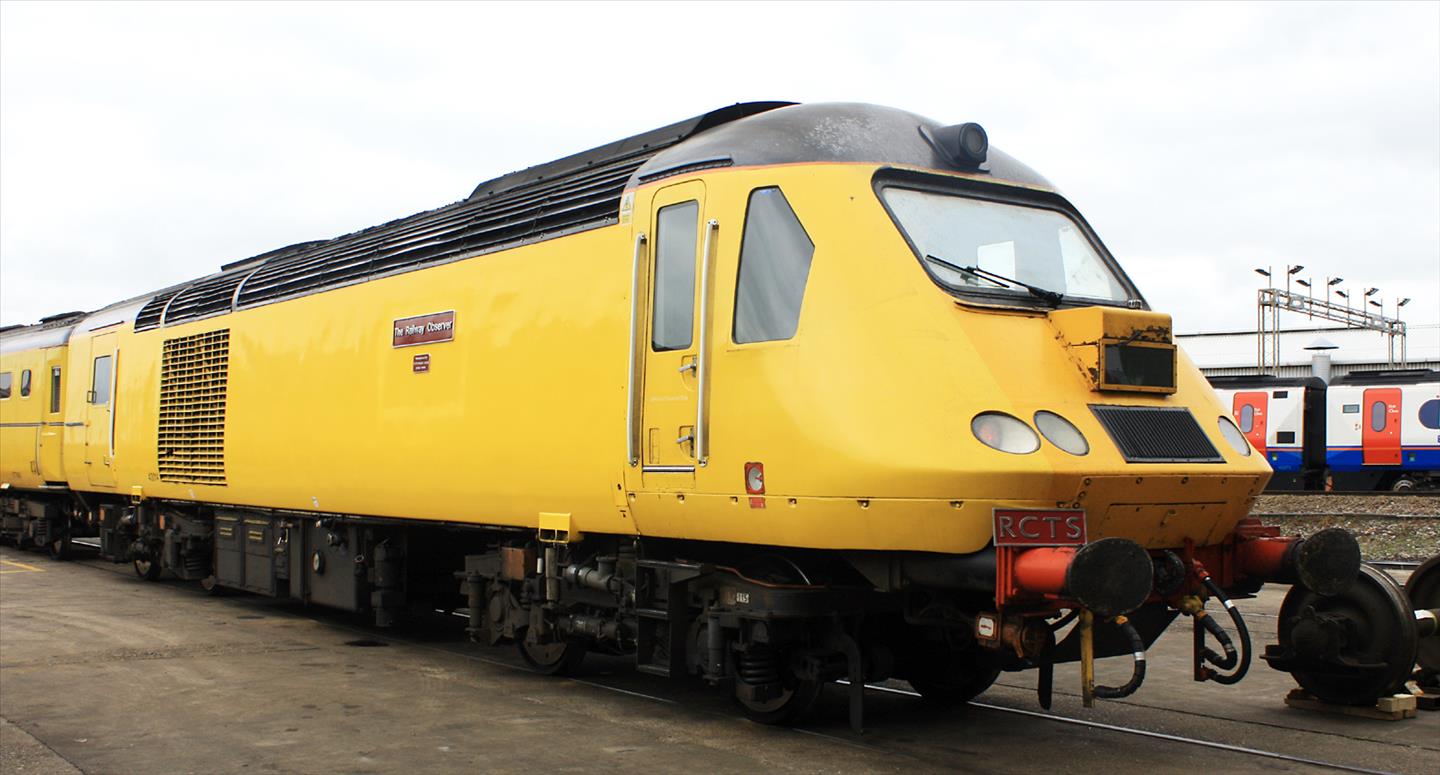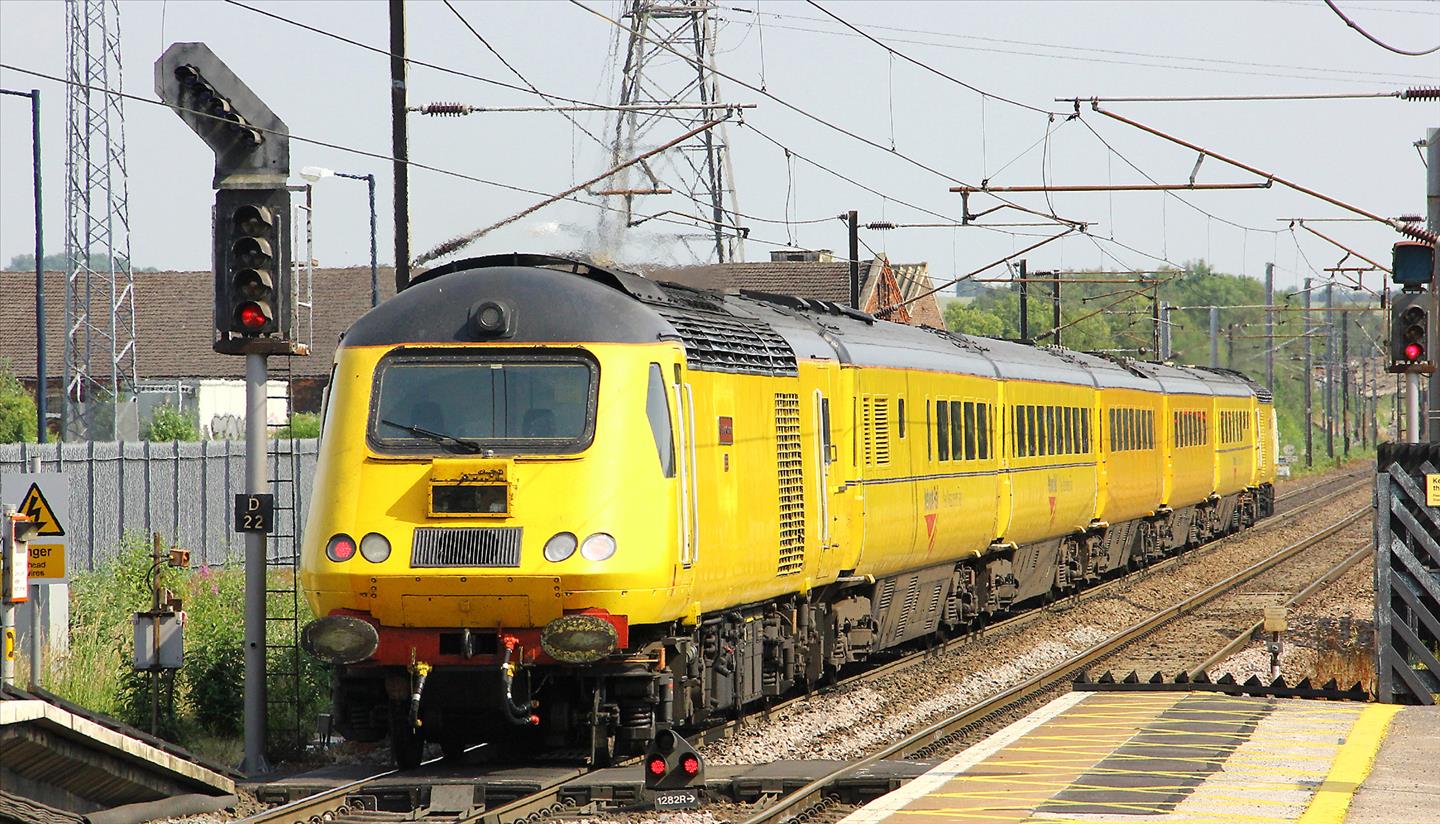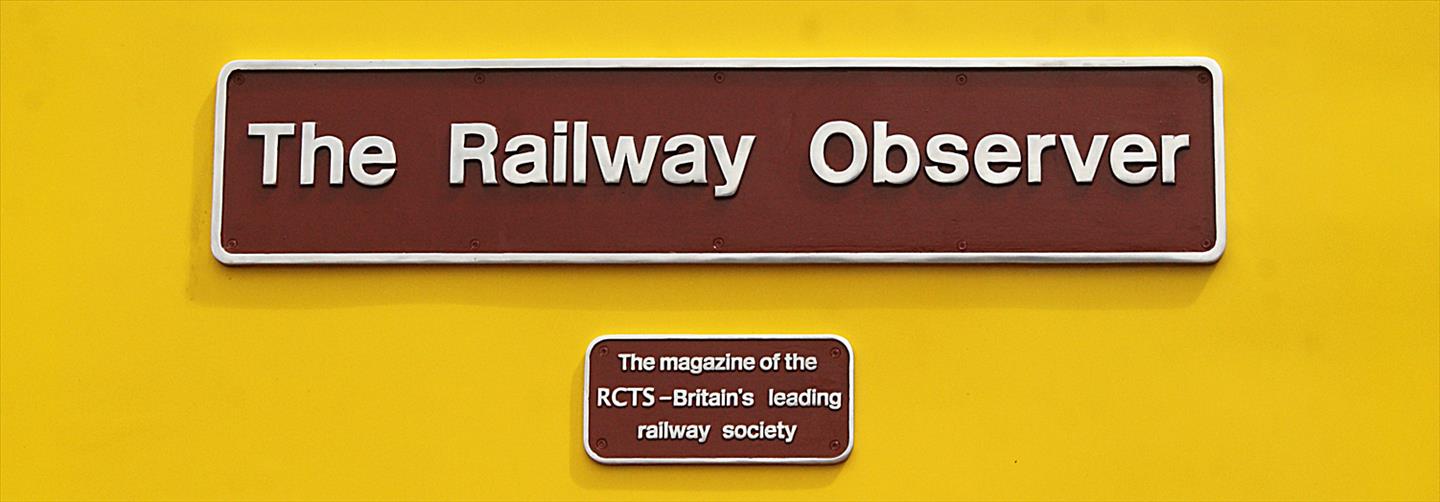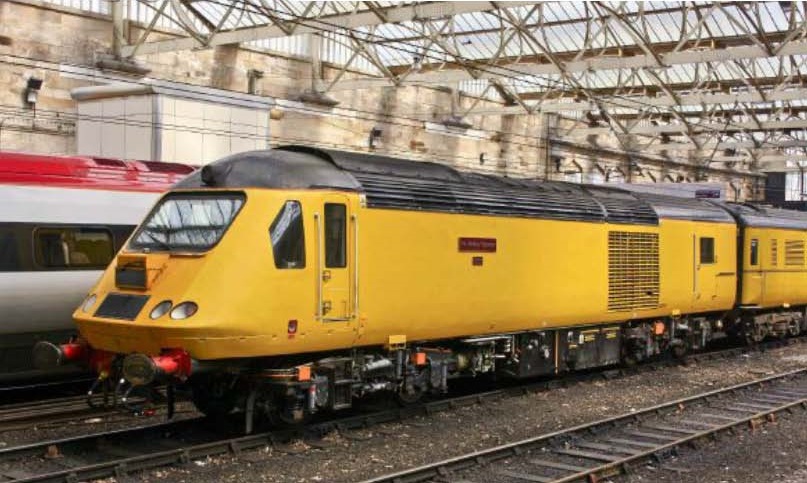1976 - 2014
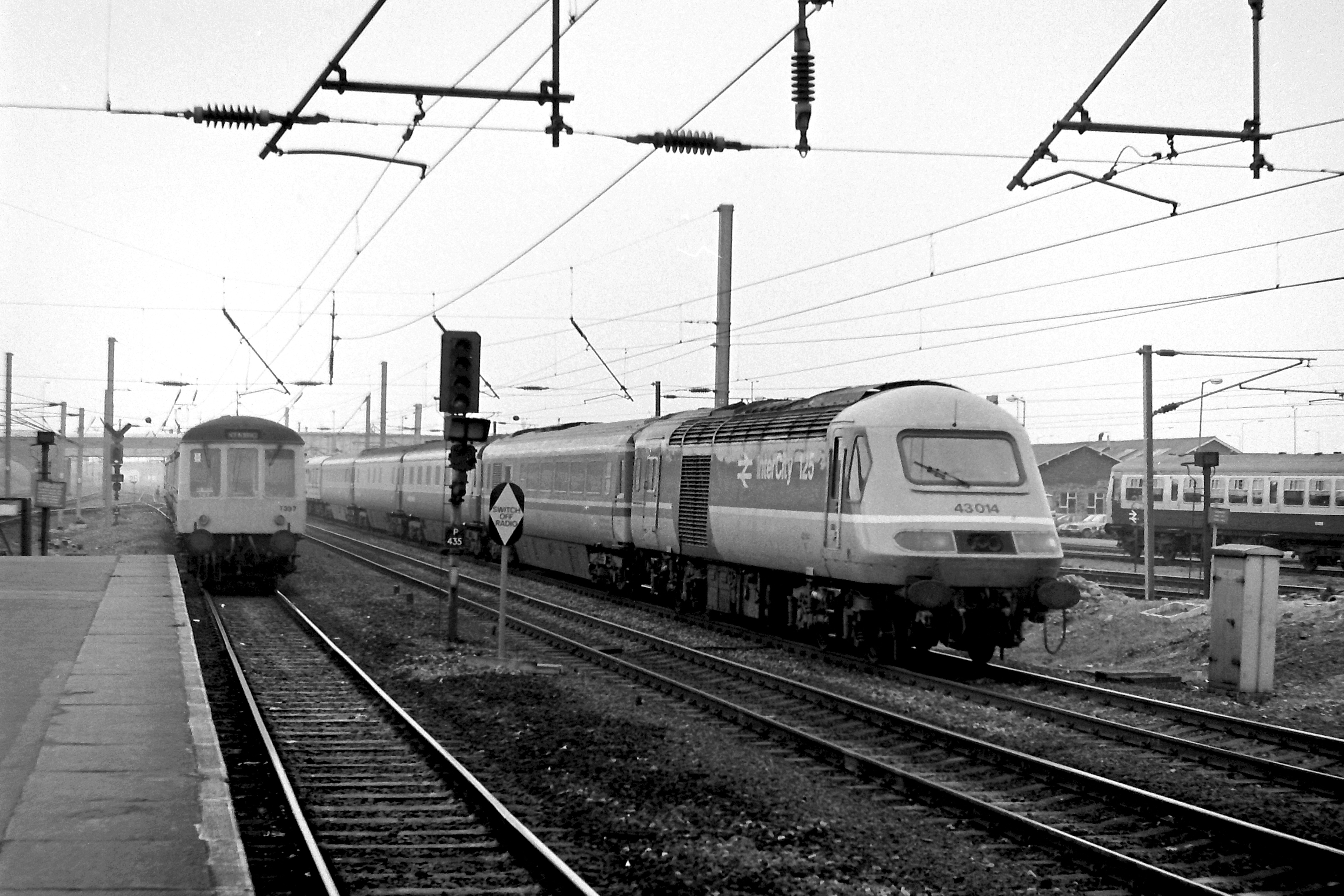
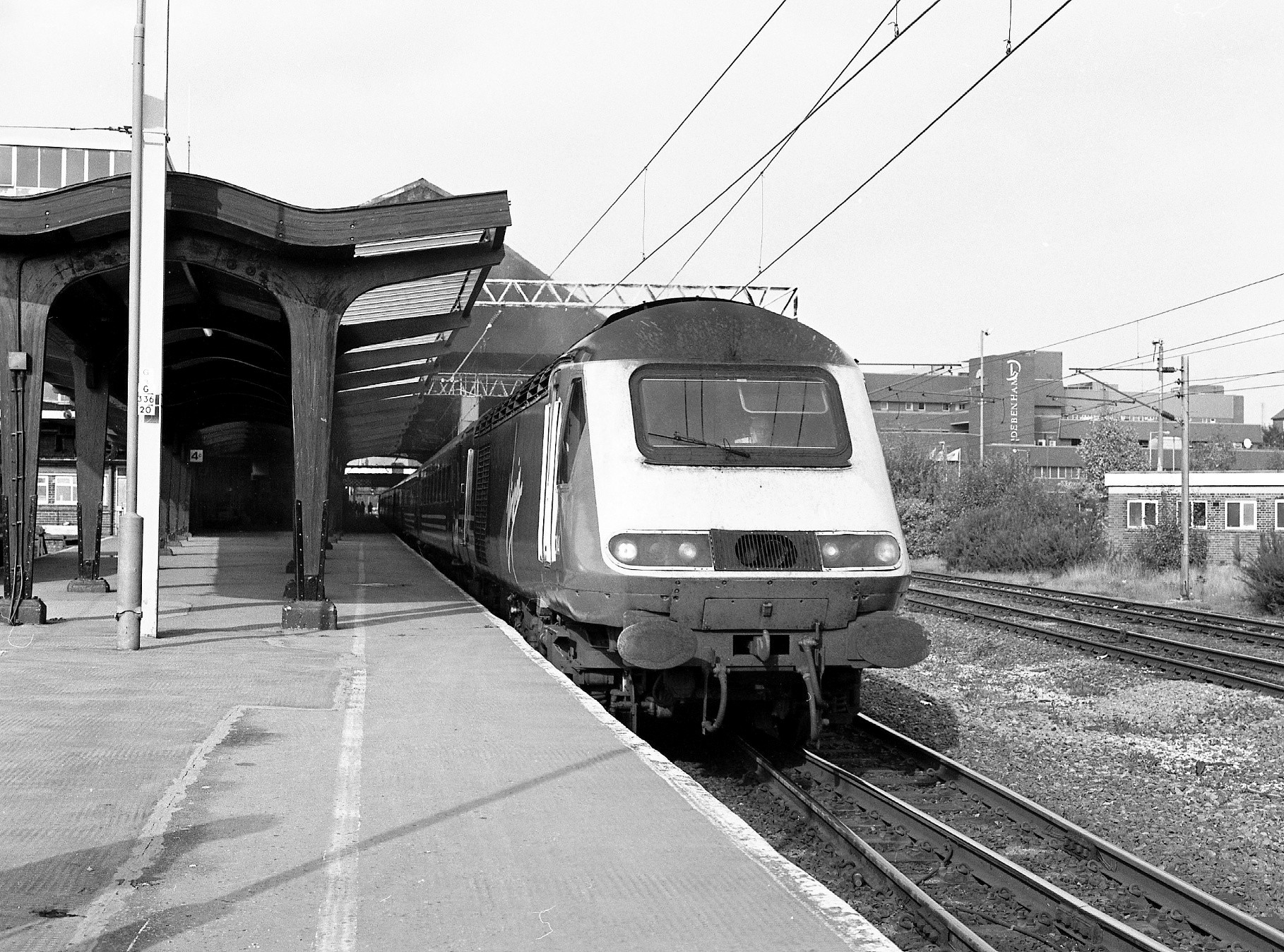
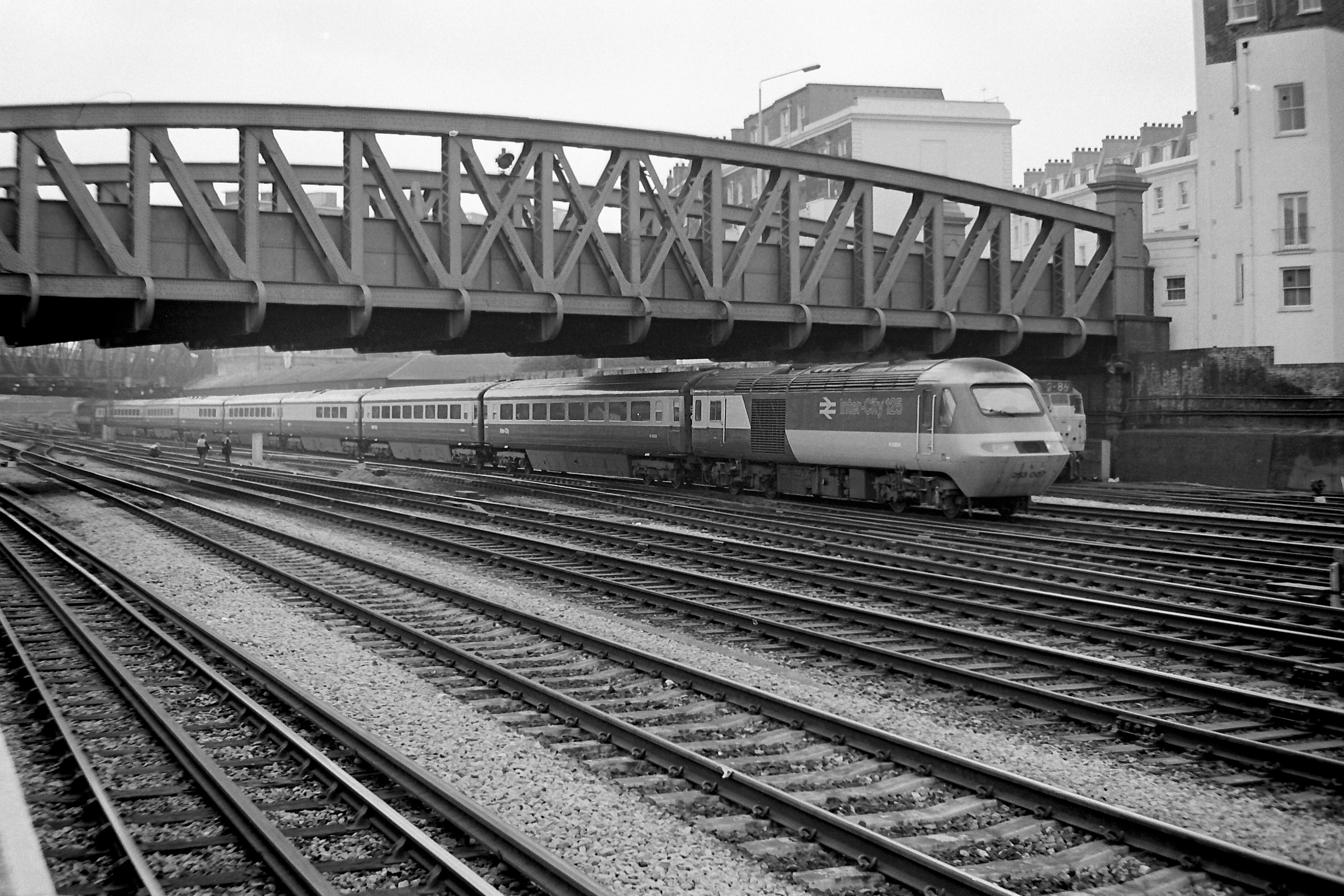
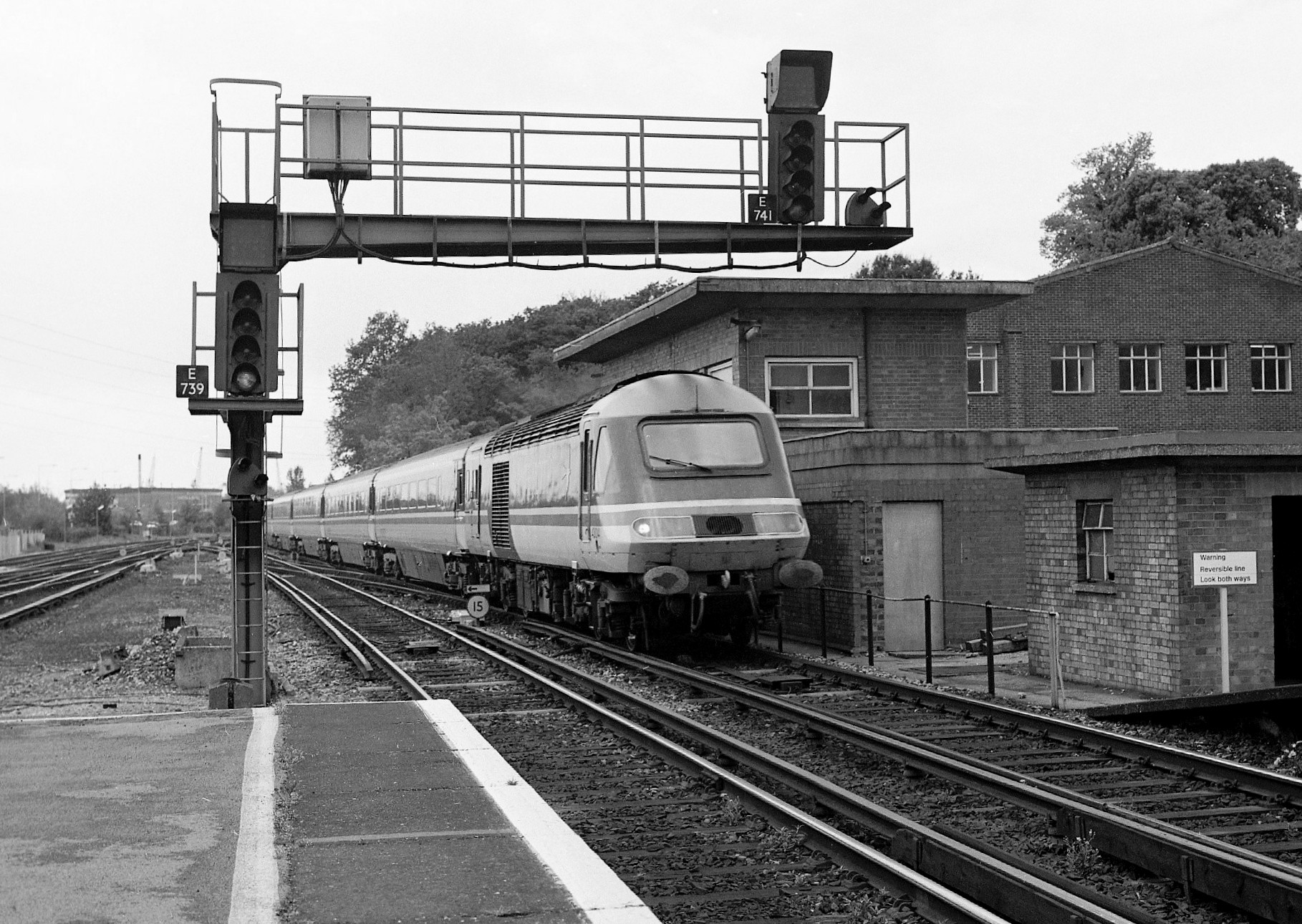
HST Power Cars
Designed under the auspices of British Rail’s CM&EE at the Derby Technical Centre, a successful trial of the prototype HST in 1972/3 resulted in a production order of 197 power cars, including five spare ones and an appropriate number of Mk.3 vehicles being placed in 1973. This provided a much needed InterCity rolling stock solution ahead of the formalisation of production variant of BR Research’s Advanced Passenger Train, which at the time, as a gas turbine prototype, was undergoing trials. In the event both technical complexity and the 1973 oil price shock resulted in APT development stalling and a rolling stock renewal gap emerging into which the HSTs neatly and efficiently fitted.
The first build of HST125 sets, as they were marketed by British Rail, entered fleet service on the Great Western main line in 1976, the trains quickly improved both passenger perception of service quality and passenger loadings. The next tranche was destined for the East Coast main line where fleet operation began in May 1978, initially with around 18 of an eventual 32 sets available for diagram.
On introduction by BR the HST sets were originally regarded as DMUs, with the plan being that set formations would be maintained as much as possible. Classified Cl.253 on the Western and Cl.254 on the ECML, the set number appeared on the front of each power car, which were themselves numbered in the coaching stock 43xxx series carrying the appropriate regional prefix depending on set allocation.
The Bo-Bo power cars, with maximum speed 125 mph, were originally fitted with Paxman Valenta 12-cylinder 2,250hp engines apart from 43167-70 which were experimentally fitted with Mirrlees engines but later fitted with Paxman Valenta engines. Most were subsequently fitted with MTU engines apart from the ones on the Midland main line which were fitted with Paxman VP185 engines.
8 power cars, 43013/4/65/7/8/80/4 and 43123 were fitted with buffers and used as ‘surrogate’ DVTs with class 91s, and 89001, and Mk.3 coaching sets between 1987 and 1991, when all the class 91s and Mk.4 stock became available. Since 2003 7 power cars 43013/4/62/7, 43154/96 and 43089, which was an experimental diesel/battery powered hybrid at the time, have been used by Network Rail (NR) and carried its livery; during that time 43089 was named Hayabasu, the Japanese for Peregrine Falcon, and also carried the Brush Falcon logo; it was subsequently converted back to a normal diesel-powered unit. 43013/4/62 have been working the New Measurement Train (NMT) since 2003.
43014 was originally part of Western Region set 253007 together with 43015. On privatisation it became part of the Virgin Trains fleet, being repainted in its livery in summer 1999, then in 2003 it was transferred to Network Rail to work the New Measurement Train and was repainted in NR yellow livery. It became ‘our locomotive’ in June 2014, see the naming ceremony page.
The NMT is normally worked by two of the three dedicated power cars 43013/4/62 although one is currently away for overhaul and ERTMS fitment. It works a regular roster covering many lines at one, two or four week intervals. Reports of its workings are regularly including in the RCTS’s monthly magazine, The Railway Observer, based on observations submitted by members.
Naming of 43014
![43014-Derby-RTC-officers-14Jun14-Paul-Chancellor Society officers are pictured after the ceremony [Photo: Paul Chancellor ] Attendees [Left to Right] Mike Robinson, David Kelso, Network Rail Technician, Steve Burrows (Network Rail Fleet Engineering Manager), Bob Green, Network Rail Technician, Andy Lickfold, Gordon Davies, David Goddard, John Redgate, Bob Ballard, David Elsdon, Rodney Allen, Reg Wood, Alan Cooke, David Pick and Eric Palmer. [Courtesy: Gordon Davies and John Redgate]](https://features.rcts.org.uk/wp-content/uploads/our-locos/43014/43014-Derby-RTC-officers-14Jun14-Paul-Chancellor.jpg)
Two locomotives have proudly carried the name The Railway Observer; 37890 which was bestowed with the RO name at Hither Green depot on 23rd February 1994 and 60001 which was named at Toton depot, again on 23rd February, seven years later in 2001.
60001 was stored at Toton on 2nd March 2006 after unofficial reports that a big end had failed and a connecting rod had gone through the side of the engine block. Subsequently, in 2013, the nameplates were removed.
Following a suggestion by a member of the society’s development sub-committee and supported by the MC, a proposal was made to Network Rail to have one of the Cl.43s which power their New Measurement Train named The Railway Observer. The RO name is of course most appropriate as the object of the measurement train is to spend its time ‘observing and recording ‘the railway’.
Negotiations were successful and it was on 17th June at the Railway Technical Centre at Derby power car that 43014 was named The Railway Observer by Eric Palmer, Society Vice-President and the chairman of the development sub-committee. In attendance were members of the MC and the DSC. About two hours after the ceremony the train was out on the network and was heading for Crewe.
The naming would not have taken place without the kind permission of Porterbrook Leasing who agreed to have one of their power cars named and the Society appreciates the company’s co-operation and support.
At Network Rail our thanks go to Gerry Swift, Head of Community Rail Planning & Development who started the ball rolling and to Mick Stewart, NDS Senior Fleet Engineer and Stuart Burrows, Fleet Engineering Manager, who oversaw the project and gave invaluable help and assistance. At the naming ceremony one RCTS wag commented that the nameplates were not straight causing much mirth as both Steve Simkins and Simon Thornton, who had actually fixed the plates to 43014, were standing right behind the culprit but took no offence as the plates were perfectly straight! The nameplates were manufactured by Procast and Steve Cliff had made a perfect job casting all four plates which look resplendent on 43014. In addition to the main nameplate there is also a small secondary plate underneath proclaiming “The magazine of the RCTS – Britain’s leading railway society”.
Our own Andy Lickfold from the DSC was the chief negotiator with all the parties concerned. Andy put in a considerable amount of time and effort in ensuring that we had nameplates fitted.
2014 onwards
